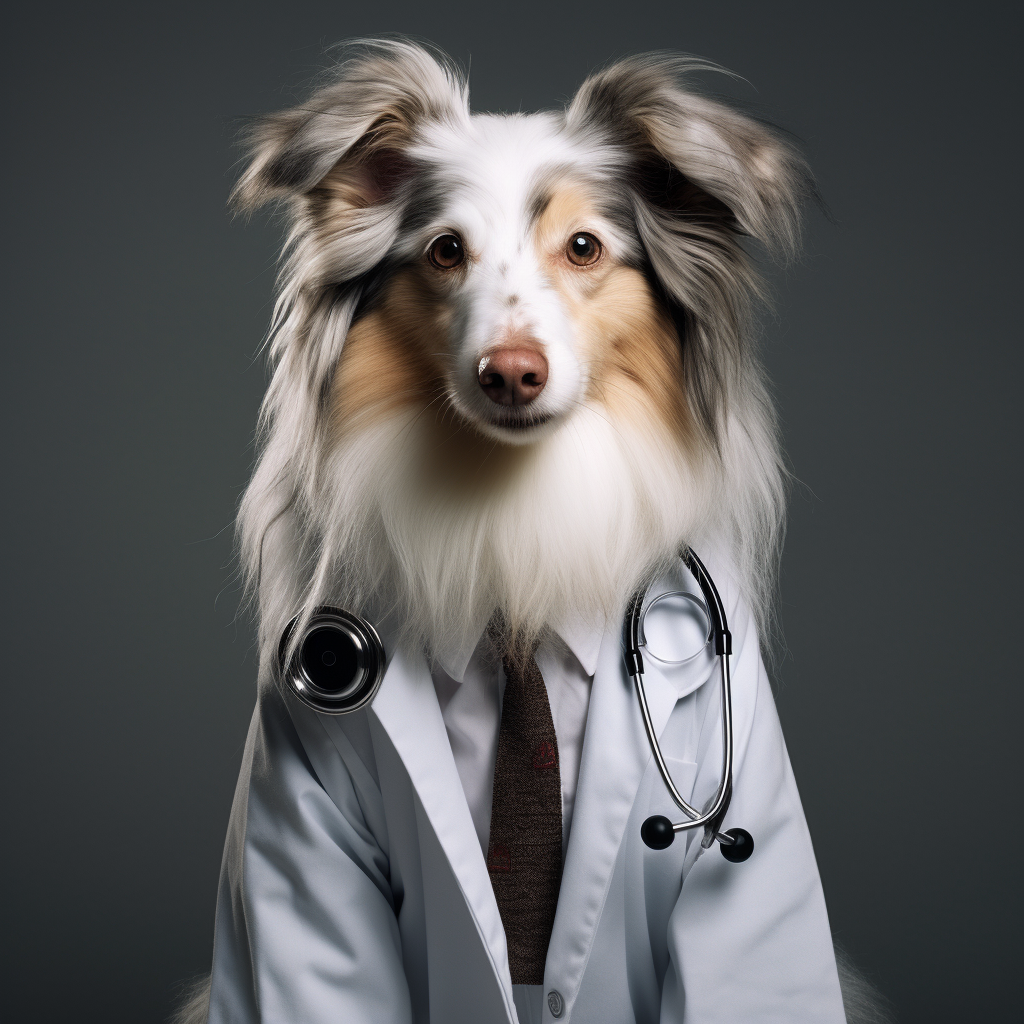Pet First Aid: Your Guide to Being Your Pet’s Lifesaver
Introduction
As a pet owner, your furry friend’s well-being is a top priority. While we all hope for the best, accidents and emergencies can happen, and being prepared with knowledge of pet first aid can make a critical difference in your pet’s outcome. In this blog post, we’ll provide you with essential information and tips on pet first aid, ensuring that you can be your pet’s lifesaver when they need it most.
1. Understanding Common Pet Emergencies
To effectively administer pet first aid, it’s crucial to recognize common emergencies such as choking, poisoning, heatstroke, and injuries. We’ll guide you through the signs and symptoms of each and what actions you should take.
2. Assembling a Pet First Aid Kit
Learn how to create a well-stocked pet first aid kit, which should include items like bandages, antiseptic wipes, gauze, scissors, and essential contact information for your veterinarian and emergency pet clinics.
3. Choking and CPR
Discover how to perform the Heimlich maneuver for dogs and cats when they are choking. We’ll also provide step-by-step instructions on performing CPR on your pet, including chest compressions and rescue breathing.
4. Poisoning and Toxin Exposure
Identify common household toxins and foods that are harmful to pets. Understand what to do if your pet ingests a toxic substance and how to contact poison control hotlines for immediate guidance.
5. Wounds and Bleeding
Learn how to clean and dress wounds, control bleeding, and prevent infection. We’ll also cover when it’s necessary to seek immediate veterinary care for more severe injuries.
6. Heatstroke and Hypothermia
Discover the signs of heatstroke and hypothermia in pets and how to provide first aid, whether your pet is too hot or too cold. Timely action is crucial in these life-threatening situations.
7. Fractures and Broken Bones
Understand how to stabilize a fracture or broken bone safely, limiting further injury and pain for your pet. We’ll also discuss transportation techniques to get your injured pet to the vet safely.
8. Seizures and Allergic Reactions
Learn how to recognize and manage seizures and allergic reactions in pets. We’ll explain when to administer medication, such as antihistamines, and when to seek immediate veterinary help.
9. The Importance of Professional Care
While pet first aid is essential, it’s not a substitute for professional veterinary care. We’ll emphasize the importance of seeking expert help when your pet faces a severe or prolonged medical emergency.
Conclusion
By acquiring the knowledge and skills of pet first aid, you can be your pet’s first line of defense in times of crisis. This preparedness can be invaluable in ensuring that your beloved companion receives immediate care and attention, potentially saving their life. Remember that pet first aid is not a replacement for professional veterinary care, but it can bridge the gap between an emergency situation and the arrival of medical help. Equip yourself with the information and tools you need to be a confident and capable caretaker for your furry friend. Your pet’s well-being is worth it.


